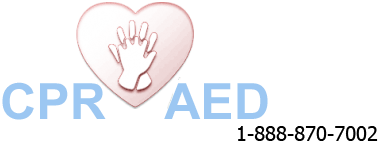Trauma Triad of Death
The trauma triad of death is a group of interrelated symptoms which includes, hypothermia, coagulopathy and acidosis that if left untreated, may lead to death. The trauma triad of death is a group of interrelated symptoms that if left untreated, may result to irreparable tissue damage and even death. These three conditions is a vicious […]
Trauma Triad of Death Read More »
